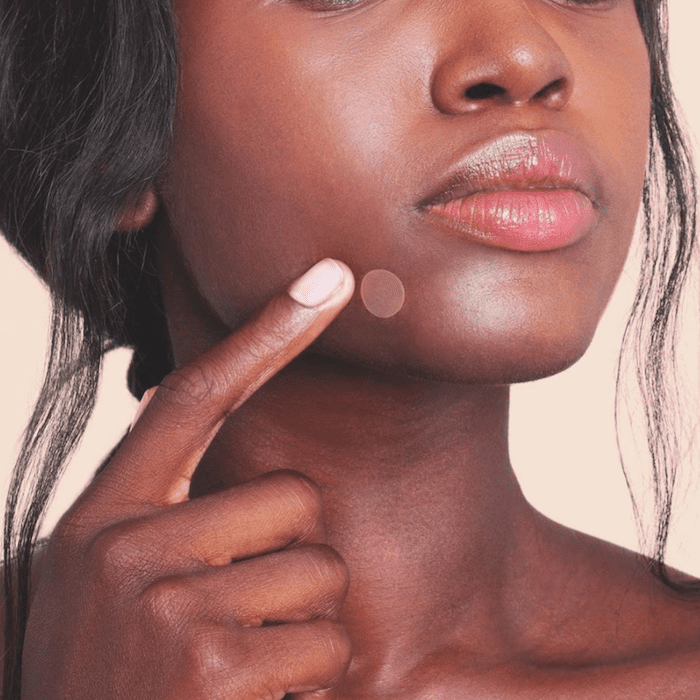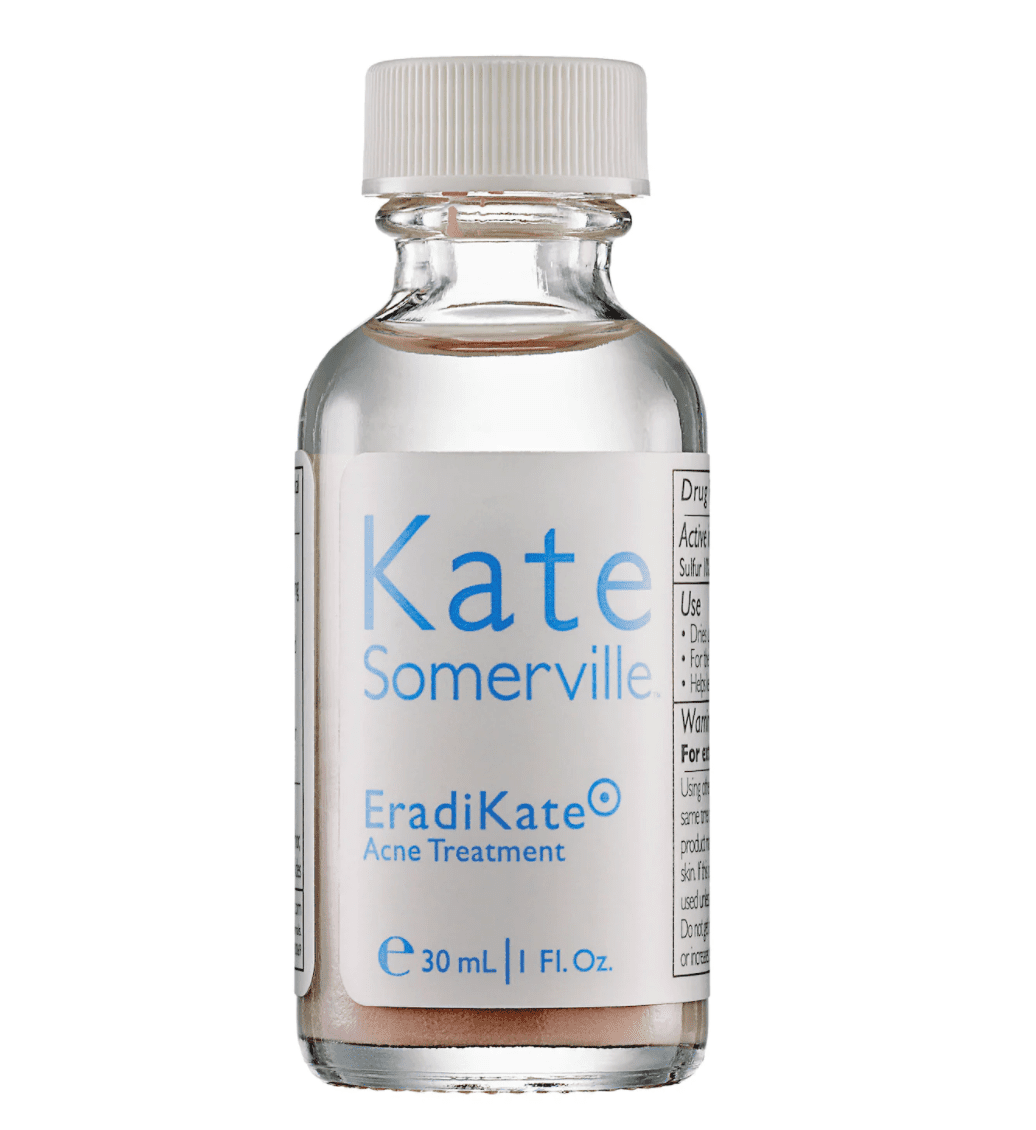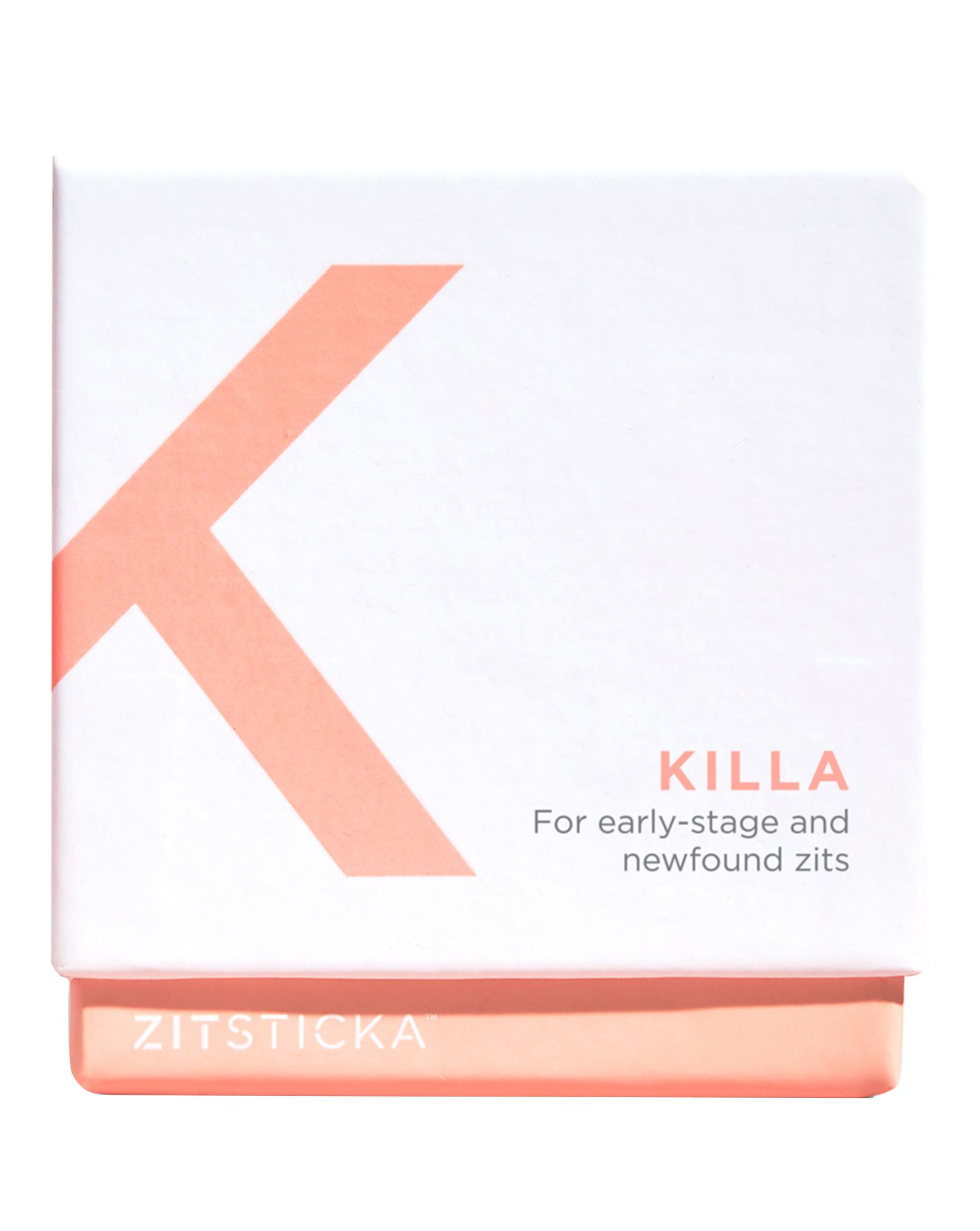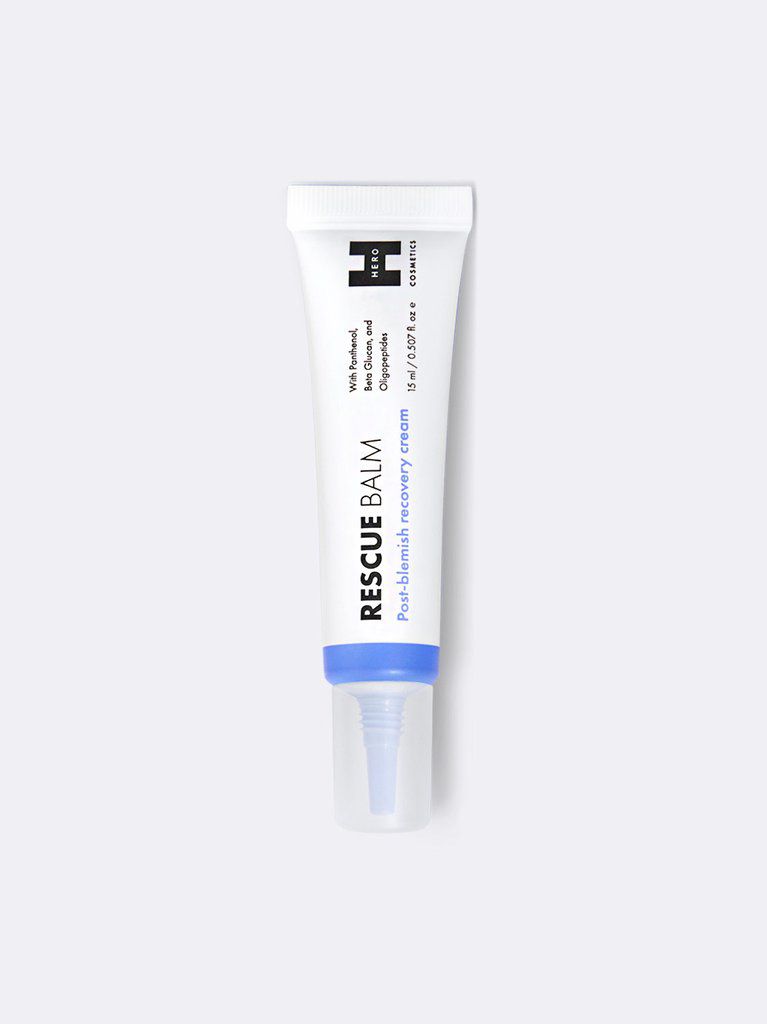Is It Really That Bad to Pop a Pimple? Dermatologists Settle the Debate

We’ve all been there: You wake up, roll out of bed, and stroll to the bathroom only to see an unexpected breakout staring back at you in the mirror. While it’s definitely not the way you want to start (or end) your day, the last thing you want to do is get hands-on with the situation—which can be tough given how tempting it is to squeeze the sucker out of sight. The problem is, when you start picking and prodding at your skin, you’re more likely to increase redness, develop an infection, and even cause scarring. But, since we know that simply telling you the basics likely won’t inspire you to keep your hands off, we chatted with a couple of dermatologists for the 4-1-1 on all things blemishes. Ahead, you’ll discover—once and for all—whether it’s really that bad to pop a pimple.
Meet the Expert
- Dr. Vermén M. Verallo-Rowell is a board-certified dermatologist and the author of Skin in the Tropics.
- Dr. Michele Green is a board-certified, cosmetic dermatologist based in New York City.
Is it Safe to Pop a Pimple?
We know what you’re thinking: If it has a white head, it can’t be too difficult to pop; or, if it’s a noticeable blackhead, it’s extractable. But, according to Dr. Verallo-Rowell, you should never, ever pop a pimple.
“Popping irritates and causes more inflammation of the pimple, so it remains red and lasts longer,” she explains. “Once the inflammation subsides, the pimple can leave behind marks that bother people as much as the acne itself.” The marks themselves can be anything from a fade reddish dot or a dark scar to a depressed pockmark or thick hypertrophic or keloid scar. “Worse, is that our hands touch body parts and objects that may have microbes,” she adds. “Unfortunately, many microbes have now become resistant to topical and oral antimicrobials. Some names you may hear are MRSA, MRStrep, resistant fungi, and viruses.” As a result, when you pop a pimple, you open up the skin and make it susceptible to microbes, which can lead to a number of infections.
While there’s never a great time to pop a pimple, the one exception is when you head to an in-office appointment to get the extraction done. This can be done at a dermatologist or esthetician’s office, by skilled professionals who use sanitized fingers and tools, as well as light, precise pressure to cause the least amount of damage possible.
Is There Ever an Exception?

What to Do Instead of Popping Your Pimples
Now that we’ve made it very clear as to why you shouldn’t try to pop pimples at home, you might be wondering what you can do to, at the very least, make them look less blaring. As always, we have you covered.
1. Apply a warm compress to inflamed pimples.
Warm compresses aren’t only beneficial when trying to pop pimples—they’re great additions when trying to calm them without squeezing them, too. “Warm compresses will reduce inflammation and redness,” Green says. “Also, a warm compress can sometimes soften the skin which allows the pimple to open and drain on its own.”
2. Apply an acne spot treatment.
Most acne spot treatments contain some mixture of benzoyl peroxide, glycolic acid, alpha hydroxy acid, sulfur, retinol, or tretinoin—all of which will speed up the healing process and reduce the inflammation caused by the pimple, according to Green. To help you pamper your pimples without stressing them out even more, check out some of our favorite spot treatments, below.

Kate Somerville
EradiKate™ Acne Treatment
$26
Made with sulfur, salicylic acid, and zinc oxide, this liquid formula is a triple threat against stubborn zits. Simply apply a dab at night after cleansing and wake up the next morning with a noticeably smaller blemish.

Zitsticka
Killa Kit
$29
This kit comes with microdart KILLA patches and saturated CLEANA swabs to disinfect and diminish the appearance of whiteheads and cysts.

Hero Cosmetics
Rescue Balm
$13
Whether you’ve popped a pimple or just peeled off a hydrocolloid or micro-dart patch, following up with this nourishing balm can help. It’s chock-full of peptides and antioxidants to hydrate and heal the area, as well as even texture and prevent scarring.
3. Opt for a cold compress.
While warm compresses may feel more soothing, Verallo-Rowell says that cool compresses can be equally as if not more so effective. “Do a cold compress with a cotton ball soaked with plain cold water—I prefer using drinking water to avoid any irritant, or acnegenic chemicals, like chlorine, that tap water may have,” she says. “Even better, soak a cotton ball in virgin coconut oil and place it in the refrigerator. When cool, the oil gets solid, becoming like a light butter. Hold lightly on the cyst for 10 to 15 minutes and repeat two to three times a day. In addition to being a good disinfectant and having anti-inflammatory properties, these keep you busy so you do not pop the cyst.”
4. Consult your dermatologist.
If you’re feeling majorly tempted to pop your pimple, make an appointment with your dermatologist before doing so. By visiting your derm, Garhisck says that you can get a cortisone injection to help bring down a larger cystic breakout, or a chemical peel or extraction to help with a blackhead or whitehead.
5. Upgrade your skincare routine with non-comedogenic products.
Lastly, you can work to get ahead of your breakouts before they even pop up on your face. By stocking your skincare routine with non-comedogenic products, you’ll be less likely to experience clogged pores, which means there will be less of a chance you’ll roll out of bed with a blemish come morning.
The Final Takeaway
At the end of the day, board-certified dermatologist Dr. Marisa Garshick says that all pimples are somewhat risky, in the sense that each type of pimple presents its own challenges. “Cystic zits, while sometimes filled with pus, often do not necessarily contain as much fluid, pus, or cystic contents, and I find patients often squeeze but notice that nothing comes out and all the squeezing leads to more swelling and inflammation,” she says. “Similarly, whiteheads and blackheads, as they are often small, often require precision and gentle pressure to extract, so trying to do this at home can often lead to a larger mark.”
Celebrity Dermatologists Share How to Get Rid of Acne Scars







